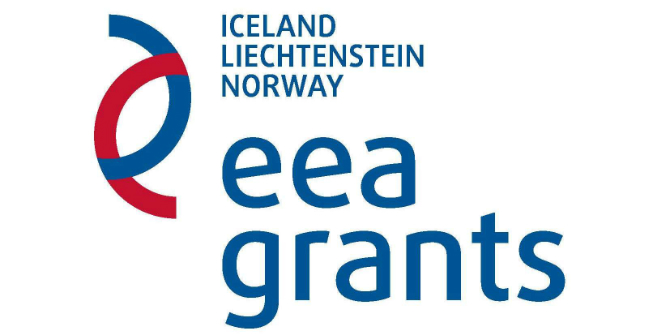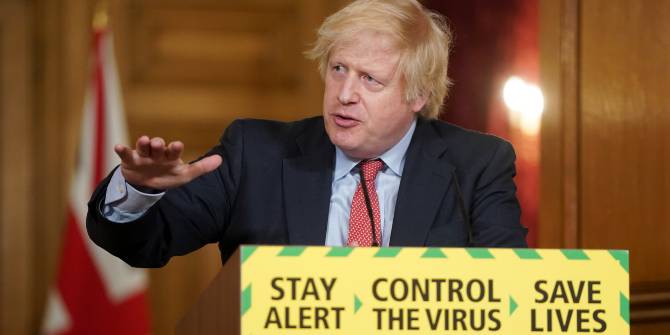There are many transitional post-Brexit scenarios currently in circulation. Each available option comes with a tradeoff : the ‘Norway’, the “Switzerland”,and the “bespoke-UK” agreement. The UK, therefore, faces a stark choice – a solution that works economically for the business community, or one that works politically for the Leavers, says Sebastian Remøy. It can’t easily have both.
The question now is: could the EEA Agreement be used by the UK as an interim step on the way out of both the EU and the single market, rather than on the way in? Possibly, but that would mean squaring some awkward circles. Firstly, it would mean continuing to adopt EU regulations. Norway adopts several hundred pieces of EU legislation every year. Or, by some estimates, for every day the Norwegian Parliament sits – a five-a-day diet, courtesy of Brussels. But, with practically no representation and no vote in all the major EU institutions, Norway cannot decide the legislation and has very limited powers to amend it. It accepts this situation as the price to pay for full access to the single market. Norway benefits from the fact that the relevant laws are ‘regularly upgraded’ and kept relevant when they change (something that does not happen within Switzerland’s non-EEA relationship with the EU, which is based, instead, on bilateral treaties).
Under the EEA Agreement, EU budget contributions also continue. Norway pays some EUR800 million into the EU budget each year. Norway also buys into the homogeneity of the single market project, accepting all four of the pivotal freedoms: free movement of goods, capital, services and people – the last of which is as inviolable as the rest. Free movement of people is important to Norway. A number of key sectors, including farming, fisheries, oil and gas, and Oslo’s strong services sector, rely on it. The conditions of the EEA Agreement would provide the UK with a sought-after economic benefit: continued access to the single market. But these conditions clearly present political hurdles that would be hard to overcome for British pro-Brexit campaigners. Sovereignty, taking back control of EU budget contributions and ending free movement of people were all, variously, at the top of the ‘leave’ campaign’s agenda.
“It can have a good economic result, or it can have a good political result. But it can’t have both.”
And it’s not a one-way street. Key political figures in Oslo have questioned the advisability of the UK’s presence in the EEA as an EFTA state, and whether that would be a positive thing for Norway. Other EFTA states would also be keen to ensure UK re-entry would not harm their interests. Some appear slightly more positive than others, but any one of the four could block the UK. It is not inconceivable, however, that all EFTA countries could bow to pressure to accept the UK back into the club if that was deemed overwhelmingly to be the best solution by major partners in Europe and the international community. But then there is the question of UK re-entry into the EEA. All 30 EEA states (27 from the EU and three from the EFTA) would have to consent to that.
Emulating Switzerland’s arrangements with the EU – based on bilateral treaties – presents problems too, which could soon come to a head after the Swiss people voted, in 2014, to end the free movement of people. If the two sides cannot resolve this issue by the February 2017 deadline, it could mean that Switzerland’s already limited access to the single market might no longer be guaranteed.
Under the Swiss model, there is no structure for regular updates of legislation to ensure homogeneity between Switzerland and the EU. This can be restrictive for some Swiss companies wishing to trade in the EU. The contrast with the EEA Agreement is stark. The EEA is referred to as a dynamic agreement (the only example). It has special institutions corresponding to the Commission and the European Court of Justice that promote the homogeneous and simultaneous implementation of internal market rules. Because there is no similar two-pillar structure for the Swiss agreements, and because in contrast to the EEA Agreement they are not updated on an almost monthly basis, Switzerland’s agreements with the EU are characterised as static. British businesses would be much better served by a dynamic agreement with the EU as it secures, to a much higher degree, unimpeded and uninterrupted access to the single market.
The limitations associated with both the EEA and Swiss options lead many to believe that the UK will push for a bespoke settlement. One suggested outline of such a deal is that the UK would retain access to the single market but be granted an emergency brake on EU migration. Currently, such a deal looks like the product of some wishful thinking. Yes, some do suggest that EU member states might be flexible on this, but there are just as many for whom tampering with free movement would destroy the homogeneity principle of the single market. And remember, any such bespoke agreement will likely have to be ratified, not just by member states, but by the European Parliament too, and possibly also national parliaments. Even if the negotiations go more smoothly than expected, any agreement could be unravelled in the ratification process.
So the UK’s dilemma would seem to boil down to this. It can have a good economic result, or it can have a good political result. But it can’t have both. If you want to keep the economic side happy, then you have to compromise politically. At this stage it’s not easy to see if and how that compromise can be made.
Note: This article was first published by Allen & Overy LLP in Annual Review 2016: Partnership & Agility, and it represents the views of the author and not those of the Brexit blog, nor the LSE. Image copyright: public domain.
Sebastian is Global Head of Public Affairs for Kreab and leads the consultancy’s Trade Competition and Digital practice. He is part of the London School of Economics’ Commission on the Future of Britain in Europe and is European Co-Chair of the Brexit Working Group in the Trans-Atlantic Business Council.









If the EU cannot bring itself, for whatever reason, to accommodate the UK trading requests without all the other baggage, then fine, we have the rest of the world to trade with. Given the inability of the EU to change or learn from its mistakes, we are better off without it.